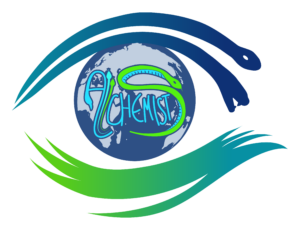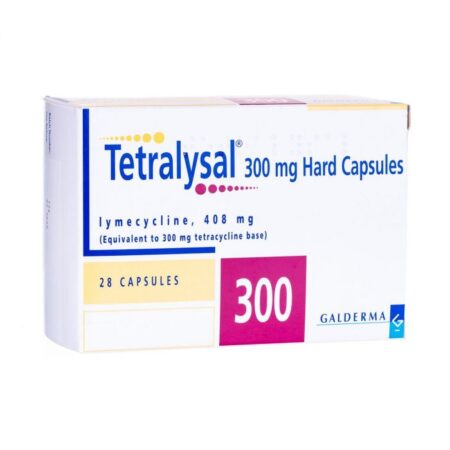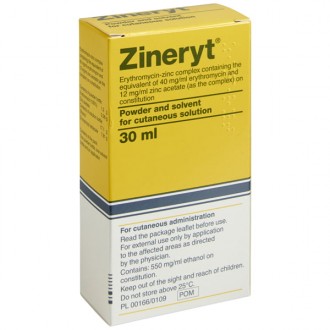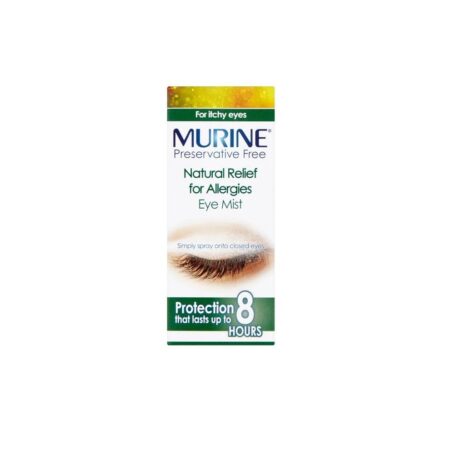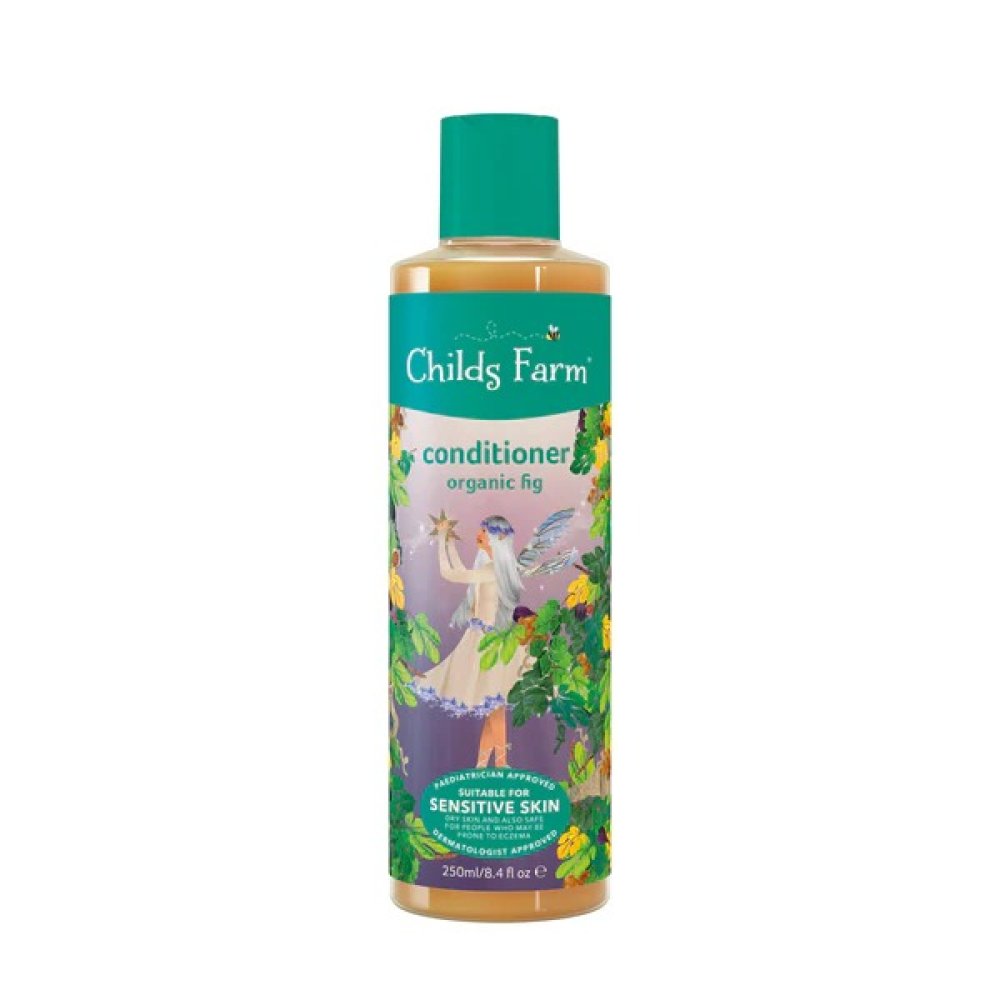Testosterone
Teenage acne is thought to be triggered by increased levels of a hormone called testosterone, which occurs during puberty. The hormone plays an important role in stimulating the growth and development of the penis and testicles in boys, and maintaining muscle and bone strength in girls.
The sebaceous glands are particularly sensitive to hormones. It’s thought that increased levels of testosterone cause the glands to produce much more sebum than the skin needs.
Acne in families
Acne can run in families. If your parents had acne, it’s likely that you’ll also develop it.
One study has found that if both your parents had acne, you’re more likely to get more severe acne at an early age. It also found that if one or both of your parents had adult acne, you’re more likely to get adult acne too.
Acne in women
Women are more likely to have adult acne than men. It’s thought that many cases of adult acne are caused by the changes in hormone levels that many women have at certain times.
These times include:
- periods – some women have a flare-up of acne just before their period
- pregnancy – many women have symptoms of acne at this time, usually during the first 3 months of their pregnancy
- polycystic ovary syndrome – a common condition that can cause acne, weight gain and the formation of small cysts inside the ovary
Other triggers
Other possible triggers of an acne flare-up include:
- some cosmetic products – however, this is less common as most products are now tested, so they do not cause spots (non-comedogenic)
- certain medications – such as steroid medicines, lithium (used to treat depression and bipolar disorder) and some drugs used to treat epilepsy
- regularly wearing items that place pressure on an affected area of skin, such as a headband or backpack
- smoking – which can contribute to acne in older people
Acne myths
Despite being one of the most widespread skin conditions, acne is also one of the most poorly understood. There are many myths and misconceptions about it:
‘Acne is caused by a poor diet’
So far, research has not found any foods that cause acne. Eating a healthy, balanced diet is recommended because it’s good for your heart and your health in general.
‘Acne is caused by having dirty skin and poor hygiene’
Most of the biological reactions that trigger acne occur beneath the skin, not on the surface, so the cleanliness of your skin has no effect on your acne. Washing your face more than twice a day could just aggravate your skin.
‘Squeezing blackheads, whiteheads and spots is the best way to get rid of acne’
This could actually make symptoms worse and may leave you with scarring.
‘Sexual activity can influence acne’
Having sex or masturbating will not make acne any better or worse.
‘Sunbathing, sunbeds and sunlamps help improve the symptoms of acne’
There’s no conclusive evidence that prolonged exposure to sunlight or using sunbeds or sunlamps can improve acne. Many medicines used to treat acne can make your skin more sensitive to light, so exposure could cause painful damage to your skin, and also increase your risk of skin cancer.
‘Acne is infectious’
You cannot pass acne on to other people.
Diagnosis
- mild – mostly whiteheads and blackheads, with a few papules and pustules
- moderate – more widespread whiteheads and blackheads, with many papules and pustules
- severe – lots of large, painful papules, pustules, nodules or cysts; you might also have some scarring
For mild acne, you should speak to a pharmacist for advice. For moderate or severe acne, speak to a GP.
Acne in women
If acne suddenly starts in adult women, it can be a sign of a hormonal imbalance, especially if it’s accompanied by other symptoms such as:
- excessive body hair (hirsutism)
- irregular or light periods
The most common cause of hormonal imbalances in women is polycystic ovary syndrome (PCOS).
PCOS can be diagnosed using a combination of ultrasound scans and blood tests.
Read more about diagnosing PCOS.
Treatment–Acne
Treatments from a GP
See a GP if your acne is moderate or severe, or medicine from your pharmacy has not worked, as you probably need prescription medicine.
Prescription medicines that can be used to treat acne include:
- topical retinoids
- topical antibiotics
- azelaic acid
- antibiotic tablets
- in women, the combined oral contraceptive pill
If you have severe acne, your GP can refer you to an expert in treating skin conditions (dermatologist).
For example, if you have:
- a large number of papules and pustules on your chest and back, as well as your face
- painful nodules
- scarring, or are at risk of scarring
A combination of antibiotic tablets and topical treatments is usually the first treatment option for severe acne.
Hormonal therapies or the combined oral contraceptive pill can also be effective in women who have acne.
But the progestogen-only pill or contraceptive implant can sometimes make acne worse.
Many of these treatments can take 2 to 3 months before they start to work.
It’s important to be patient and persist with a recommended treatment, even if there’s no immediate effect.
Topical treatments (gels, creams and lotions)
Benzoyl peroxide
Benzoyl peroxide works as an antiseptic to reduce the number of bacteria on the surface of the skin.
It also helps to reduce the number of whiteheads and blackheads, and has an anti-inflammatory effect.
Benzoyl peroxide is usually available as a cream or gel. It’s used either once or twice a day.
It should be applied 20 minutes after washing to all of the parts of your face affected by acne.
It should be used sparingly, as too much can irritate your skin.
It also makes your face more sensitive to sunlight, so avoid too much sun and sources of ultraviolet (UV) light (such as sunbeds), or wear sun cream.
Benzoyl peroxide can have a bleaching effect, so avoid getting it on your hair or clothes.
Common side effects of benzoyl peroxide include:
- dry and tense skin
- a burning, itching or stinging sensation
- some redness and peeling of the skin
Side effects are usually mild and should pass once the treatment has finished.
Most people need a 6-week course of treatment to clear most or all of their acne.
You may be advised to continue treatment less frequently to prevent acne returning.
Topical retinoids
Topical retinoids work by removing dead skin cells from the surface of the skin (exfoliating), which helps prevent them building up within hair follicles.
Tretinoin and adapalene are topical retinoids used to treat acne. They’re available in a gel or cream and are usually applied once a day before you go to bed.
Apply to all the parts of your face affected by acne 20 minutes after washing your face.
It’s important to apply topical retinoids sparingly and avoid excessive exposure to sunlight and UV.
Topical retinoids are not suitable for use during pregnancy, as there’s a risk they might cause birth defects.
The most common side effects of topical retinoids are mild irritation and stinging of the skin.
A 6-week course is usually required, but you may be advised to continue using the medicine less frequently after this.
Topical antibiotics
Topical antibiotics help kill the bacteria on the skin that can infect plugged hair follicles. They’re available as a lotion or gel that’s applied once or twice a day.
A 6- to 8-week course is usually recommended. After this, treatment is usually stopped, as there’s a risk that the bacteria on your face could become resistant to the antibiotics.
This could make your acne worse and cause additional infections.
Side effects are uncommon, but can include:
- minor irritation of the skin
- redness and burning of the skin
- peeling of the skin
Azelaic acid
Azelaic acid is often used as an alternative treatment for acne if the side effects of benzoyl peroxide or topical retinoids are particularly irritating or painful.
Azelaic acid works by getting rid of dead skin and killing bacteria.
It’s available as a cream or gel and is usually applied twice a day (or once a day if your skin is particularly sensitive).
The medicine does not make your skin sensitive to sunlight, so you do not have to avoid exposure to the sun.
You’ll usually need to use azelaic acid for a month before your acne improves.
The side effects of azelaic acid are usually mild and include:
- burning or stinging skin
- itchiness
- dry skin
- redness of the skin
Antibiotic tablets
Antibiotic tablets (oral antibiotics) are usually used in combination with a topical treatment to treat more severe acne.
In most cases, a class of antibiotics called tetracyclines is prescribed, unless you’re pregnant or breastfeeding.
Pregnant or breastfeeding women are usually advised to take an antibiotic called erythromycin, which is known to be safer to use.
It usually takes about 6 weeks before you notice an improvement in your acne.
Depending on how well you react to the treatment, a course of oral antibiotics can last 4 to 6 months.
Tetracyclines can make your skin sensitive to sunlight and UV light, and can also make the oral contraceptive pill less effective during the first few weeks of treatment.
You’ll need to use an alternative method of contraception, such as condoms, during this time.
Hormonal therapies
Hormonal therapies can often benefit women with acne, especially if the acne flares up around periods or is associated with hormonal conditions such as polycystic ovary syndrome.
If you do not already use it, a GP may recommend the combined oral contraceptive pill, even if you’re not sexually active.
This combined pill can often help improve acne in women, but may take up to a year before the full benefits are seen.
Co-cyprindiol
Co-cyprindiol is a hormonal treatment that can be used for more severe acne that does not respond to antibiotics. It helps to reduce the production of sebum.
You’ll probably have to use co-cyprindiol for 2 to 6 months before you notice a significant improvement in your acne.
There’s a small risk that women taking co-cyprindiol may develop breast cancer in later life.
For example, out of a group of 10,000 women who have not taken co-cyprindiol, you’d expect 16 of them to develop breast cancer by the time they were 35.
This figure rises to 17 or 18 for women who were treated with co-cyprindiol for at least 5 years in their early 20s.
There’s also a very small chance of co-cyprindiol causing a blood clot. The risk is estimated to be around 1 in 2,500 in any given year.
It’s not thought to be safe to take co-cyprindiol if you’re pregnant or breastfeeding. Women may need to have a pregnancy test before treatment can begin.
Other side effects of co-cyprindiol include:
- bleeding and spotting between your periods, which can sometimes occur for the first few months
- headaches
- sore breasts
- mood changes
- loss of interest in sex
- weight gain or weight loss
Isotretinoin
Isotretinoin is a treatment for severe acne that comes in capsules. It has a number of beneficial effects:
- it helps normalise sebum and reduce how much is produced
- it helps prevent follicles becoming clogged
- it decreases the amount of bacteria on the skin
- it reduces redness and swelling in and around spots
But the drug can also cause a wide range of side effects. It’s only recommended for severe cases of acne that have not responded to other treatments.
Because of the risk of side effects, isotretinoin can only be prescribed by a specialist doctor.
Read all about isotretinoin, including who can take it, side effects and the risks in pregnancy.
Non-pharmaceutical treatments
Several treatments for acne do not involve medicine.
These include:
- comedone extractor – a small pen-shaped instrument that can be used to clean out blackheads and whiteheads
- chemical peels – where a chemical solution is applied to the face, causing the skin to peel off and new skin to replace it
- photodynamic therapy – where light is applied to the skin in an attempt to improve symptoms of acne
But these treatments may not work and cannot be routinely recommended.
Acne and toothpaste
A claim found on many websites is that toothpaste can dry up individual spots.
While toothpaste does contain antibacterial substances, it also contains substances that can irritate and damage your skin.
Using toothpaste in this way is not recommended. There are far more effective and safer treatments available from pharmacists or GPs.
Complications–Acne
- ice pick scars – small, deep holes in the surface of your skin that look like the skin has been punctured with a sharp object
- rolling scars – caused by bands of scar tissue that form under the skin, giving the surface of the skin a rolling and uneven appearance
- boxcar scars – round or oval depressions, or craters, in the skin
Treating acne scarring
Treatments for acne scarring are regarded as a type of cosmetic surgery, which is not usually available on the NHS. However, in the past, exceptions have been made when it’s been shown that acne scarring has caused serious psychological distress.
See your GP if you’re considering having cosmetic surgery. They’ll be able to discuss your options with you and advise you about the likelihood of having the procedure carried out on the NHS.
Many private clinics offer treatment for acne scarring. Prices can vary widely (from £500 to more than £10,000) depending on the type of treatment needed.
The British Association of Aesthetic Plastic Surgeons website has more information about private treatment available in your area.
It’s important to have realistic expectations about what cosmetic treatment can achieve. While treatment can certainly improve the appearance of your scars, it cannot get rid of them completely.
Treatments for acne scarring include:
Dermabrasion
Dermabrasion involves removing the top layer of skin, either using lasers or a specially made wire brush.
After the procedure, your skin will look red and sore for several months, but as it heals you should notice an improvement in the appearance of your scars.
Laser treatment
Laser treatment can be used to treat mild to moderate acne scarring. There are 2 types of laser treatment:
- ablative laser treatment – where lasers are used to remove a small patch of skin around the scar to produce a new, smooth-looking area of skin
- non-ablative laser treatment – where lasers are used to stimulate the growth of new collagen (a type of protein found in skin), which helps to repair some of the damage caused by scarring, and improves the appearance
Punch techniques
Punch techniques are used to treat ice pick scars and boxcar scars. There are 3 types of punch technique:
- punch excision – used to treat mild ice pick scars. The scar is surgically removed and the remaining wound is sealed. After the wound heals, it leaves a smoother and more even area of skin
- punch elevation – used to treat boxcar scars. The base of the scar is surgically removed, leaving the sides of the scar in place. The base is then reattached to the sides, but lifted up so it’s level with the surface of the skin. This makes the scar much less noticeable
- punch grafting – used to treat very deep ice pick scars. As with a punch excision, the scar is removed, but the wound is “plugged” with a sample of skin taken from elsewhere on the body (usually from the back of the ear)
Subcision
Subcision is a surgical treatment that can be used to treat rolling scars. During surgery, the upper layer of the skin is removed from the underlying scar tissue. This allows blood to pool under the affected area. The blood clot helps form connective tissue, which pushes up the rolling scar so it’s level with the rest of the surface of the skin.
Once subscision has been completed, additional treatment, such as laser treatment and dermabrasion, can be used to further improve the appearance of the scar.
Depression
Acne can often cause intense feelings of anxiety and stress, which can sometimes make people with the condition become socially withdrawn. This combination of factors can lead to people with acne becoming depressed.
You may be depressed if during the last month you’ve often felt down, depressed or hopeless, and have little interest or pleasure in doing things.
If you think that you or your child may have depression, it’s important to speak to your GP.
Treatments for depression include:
- talking therapies such as cognitive behavioural therapy (CBT)
- a type of antidepressant called selective serotonin reuptake inhibitors (SSRIs)
Read more about treatment for depression.
Support for acne
There’s currently no main charity or support group for people affected by acne in England.
However, there’s a range of informally run message boards and blogs about acne on the web. You may find it supportive to read about other people’s experience of living with acne.
For example, talkhealth provides a free acne support and information community.
Make-up
Make-up can help cover up scars and can be particularly useful for facial scars.
Camouflage make-up specially designed to cover up scars is available over the counter at pharmacies. You can also ask your GP for advice.
PLEASE NOTE ALL THE INFORMATION ABOVE IS FROM THE NHS WEBSITE.
